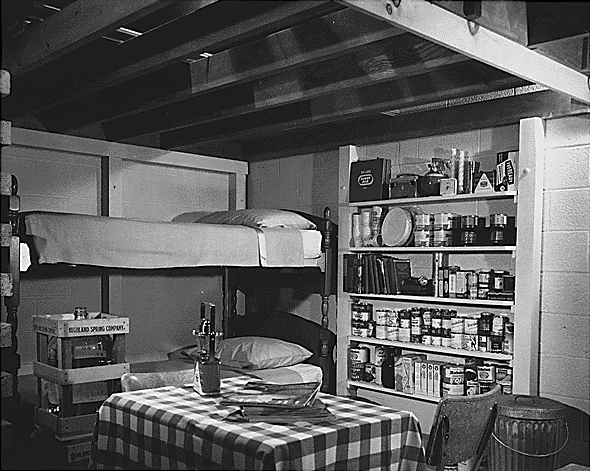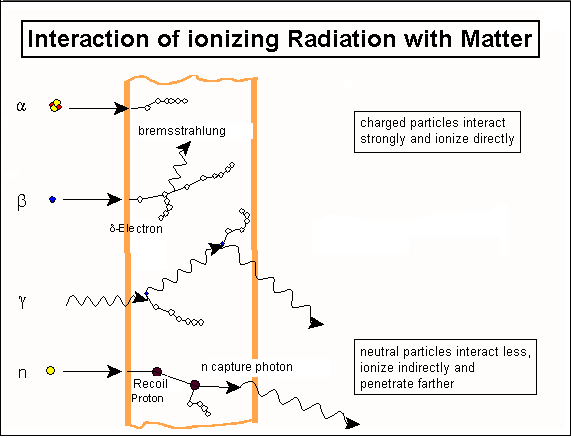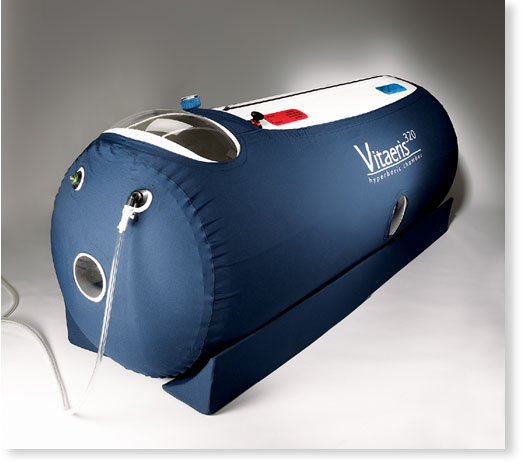Back in the 1950s at the height of the cold war, there was a great deal of talk about fallout shelters. When people were very serious about the prospect of nuclear war with the Russians and the Chinese, shelters were built that were intended to allow people to survive if their city was hit by a nuclear blast and they were outside the radius of immediate destruction. As international relations changed with détente and the fall of the Soviet Union as well as talk about nuclear winter following a nuclear war, interest in fallout shelters faded. Now with the Fukushima disaster and the continuing threat of the collapse of Fukushima Unit 4 spent fuel pool threatening the entire northern hemisphere, fallout shelters are a topic of interest once more.
The first consideration for a fallout shelter is to put it underground. This provides additional protection against radiation as well as protecting against the effects of a nearby blast. The walls, ceiling and floor should be as thick and dense as possible and should be sealed against ground water and atmosphere. Including lead shielding in the shell of the shelter would increase radiation protection. The shelter should have a thick shielded door that is air tight and can be barred. Electromagnetic shielding in the form of a copper mesh would be a good addition to protect your electronics against the electromagnetic pulse the will accompany any nuclear blast.
The first thing that the people in the shelter will need is a supply of air. It would be possible to store some oxygen and to have a way to remove carbon dioxide for a short period but impractical for more than a few days. For long term occupation, it will be necessary to have an air intake with a filtration system that can remove any radioactive particles in the incoming air. A heat exchanger would be a good addition to the system so that if the climate is cold, heat will not be lost when the air in the shelter is exhausted to the outside.
Water will be the next concern. The municipal water supply may be shut off so the shelter should contain as much bottled water as possible. To provide for the possibility that piped water is still flowing, the shelter should also have a high level water filter that can remove particles down to 1 micron. Disposing of waste water and sewage is another issue. Chemical toilets or composting toilets will need to be installed with sufficient supplies and ventilation as required.
After air and water comes food. Freeze dried foods store well and take up much less space than canned goods. Care must be taken to provide for a balanced diet for everyone who may take refuge in the shelter. Food that can be eater cold is preferable to food that must be cooked and will require some sort of heat source.
The shelter will require energy to operate. Being underground will reduce the need for heat but you will still need to have some heating. You will need to have a radio that receives AM, FM and shortwave frequencies and that can transmit on shortwave bands. Antennas will be a problem if the destruction above ground is serious but you could have a buried extendable antenna to deal with this possibility.
Boredom will be a real danger so the shelter should include reading material. If you have functioning electronics, you will be able to store hundreds of books, movies and hours of music on compact electronic media. Multiplayer board and card games should be available as well.
Basic furniture such as tables, chairs, beds, etc. will be required as well as changes of comfortable and easy to care for clothing. Computers would be useful for a number of purposes. Back-ups such as flashlights, radios, lamps, etc. should have a supply of rechargeable batteries. Some sort of exercise equipment such as a stationary bike should be included for exercise and could be hooked to a charge to recharge batteries.
Studies have shown that colors of rooms and accessories can have positive or adverse psychological effects so attention should be paid to what colors you use to paint the interior of the shelter. Lighting should be natural solar spectrum LED or incandescent. You should include HEPA air filters for the air inside the shelter to remove any air particles that might carry disease or trigger allergies.
Although there is a danger of rogue states and terrorists exploding a nuclear device in an American city, the old danger of an all out nuclear war seems remote. Such a war would probably render the earth uninhabitable so a fallout shelter would temporary protection at best. As must be obvious, all of these preparations will cost a great deal of time and effort. It is a matter of personal concern and resources as to whether or not you should build a fallout shelter.





